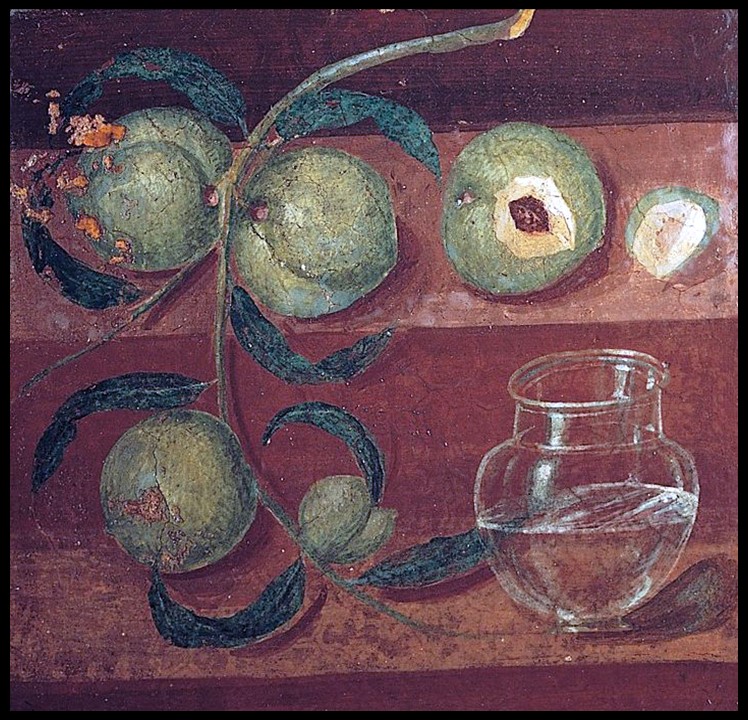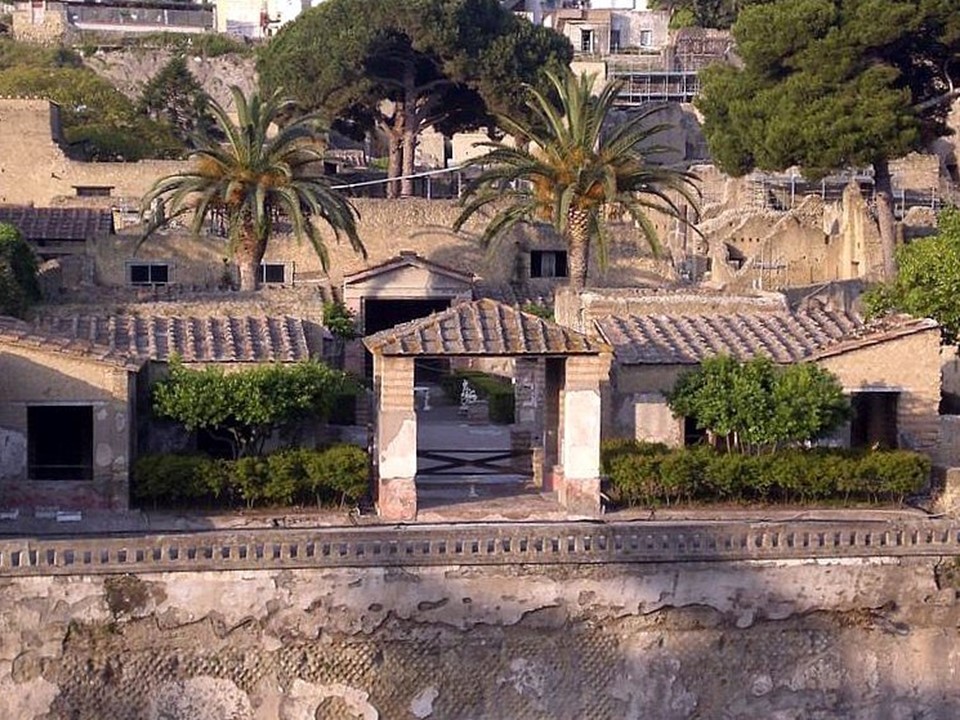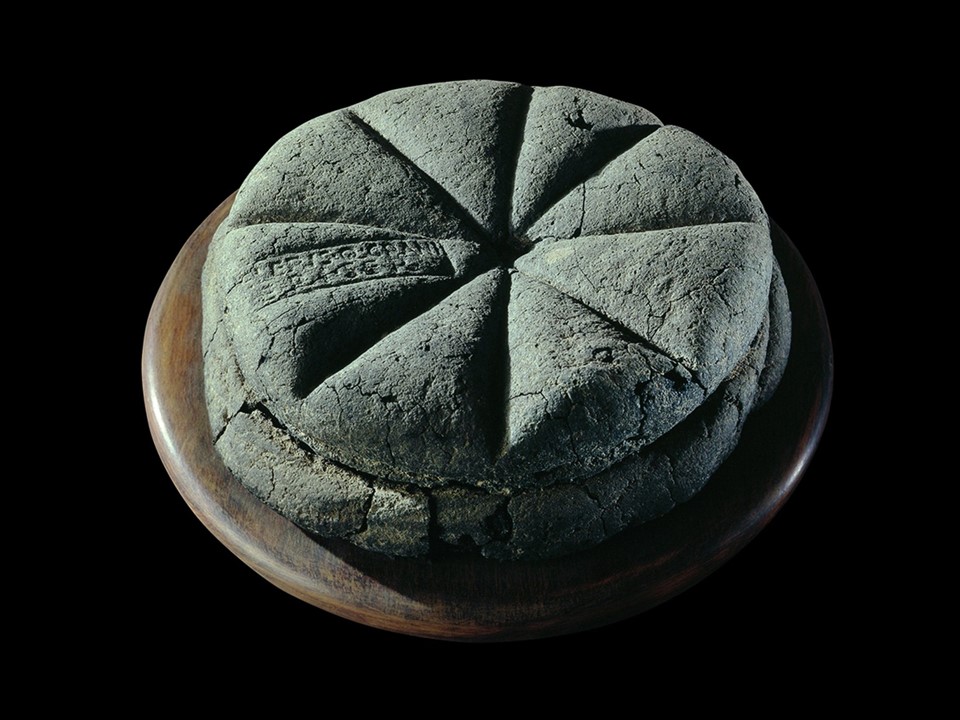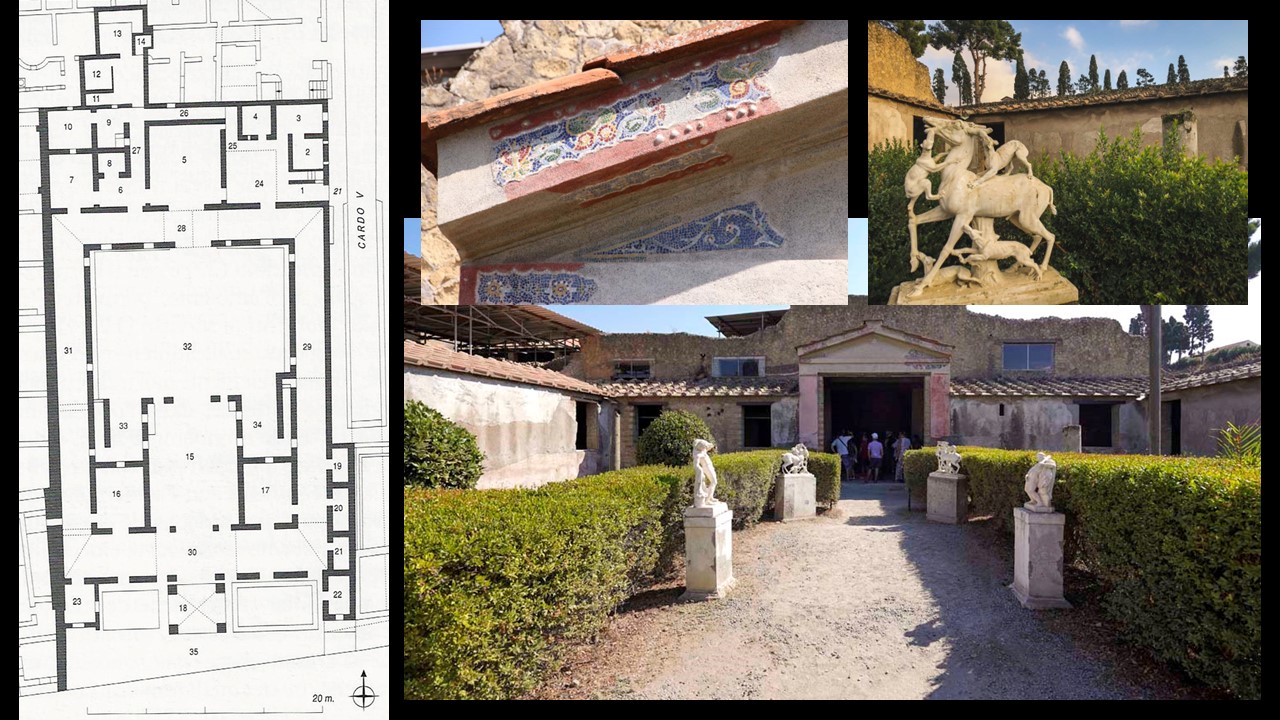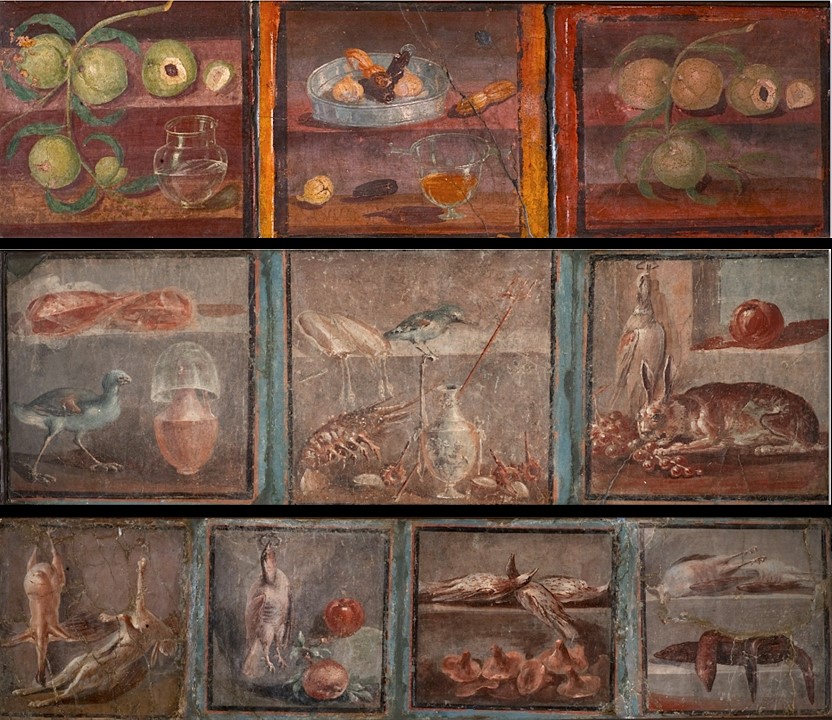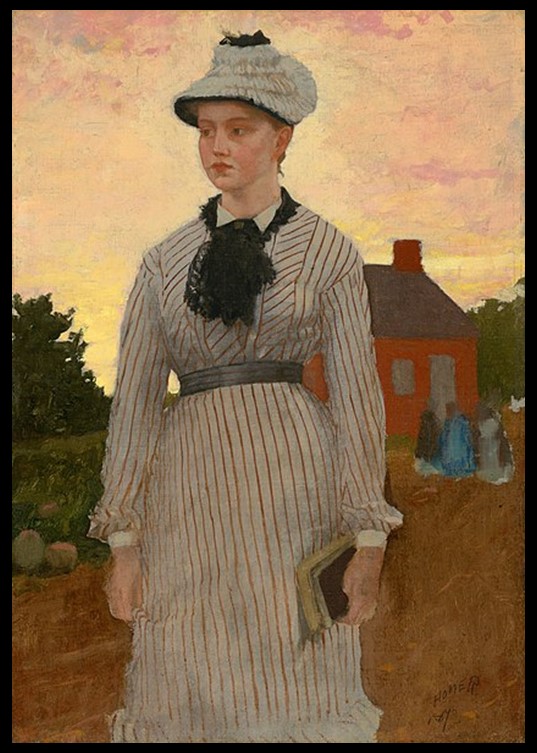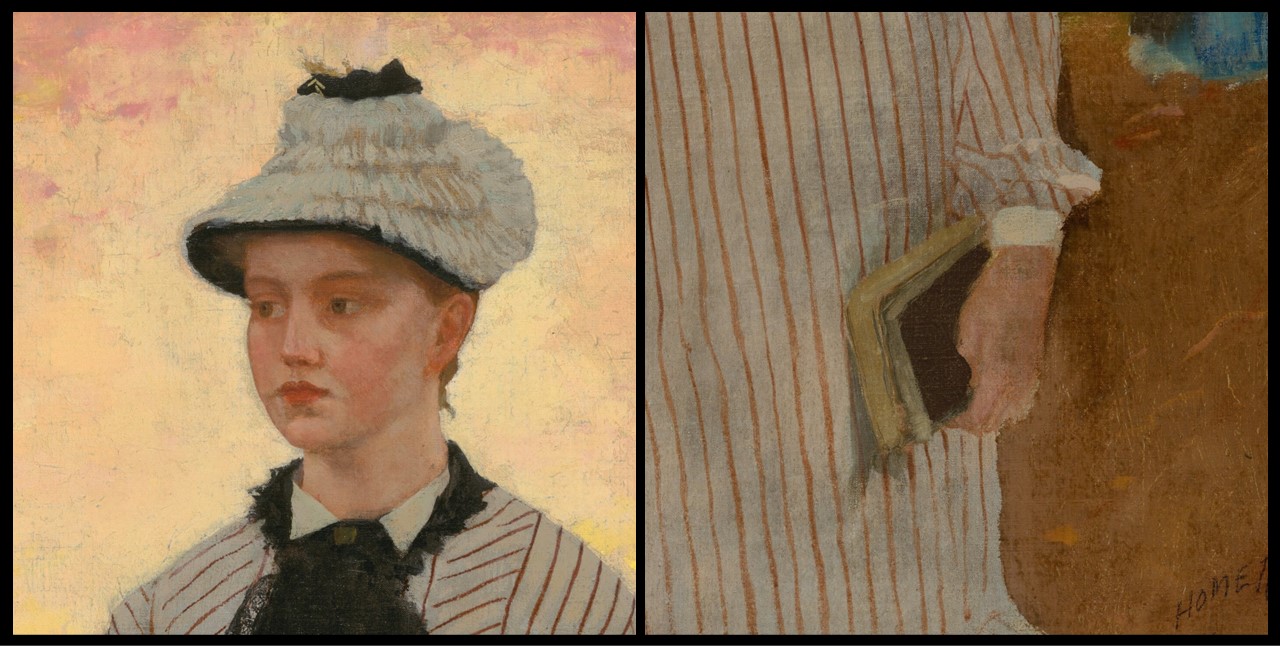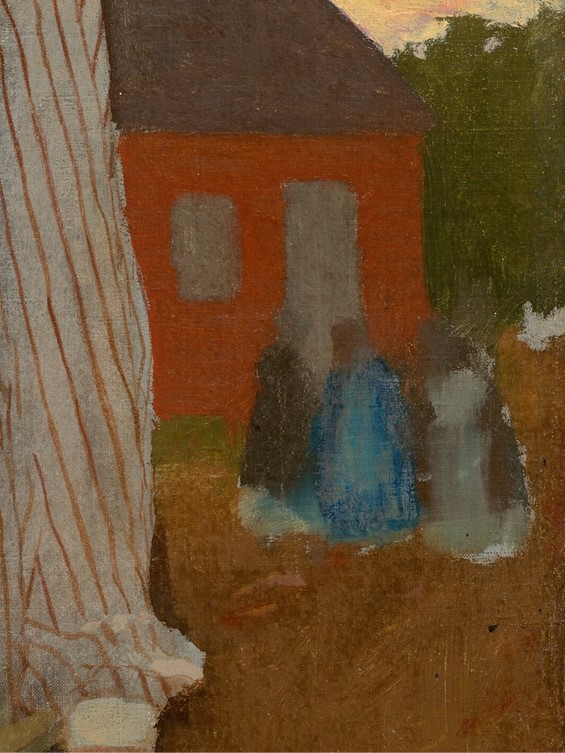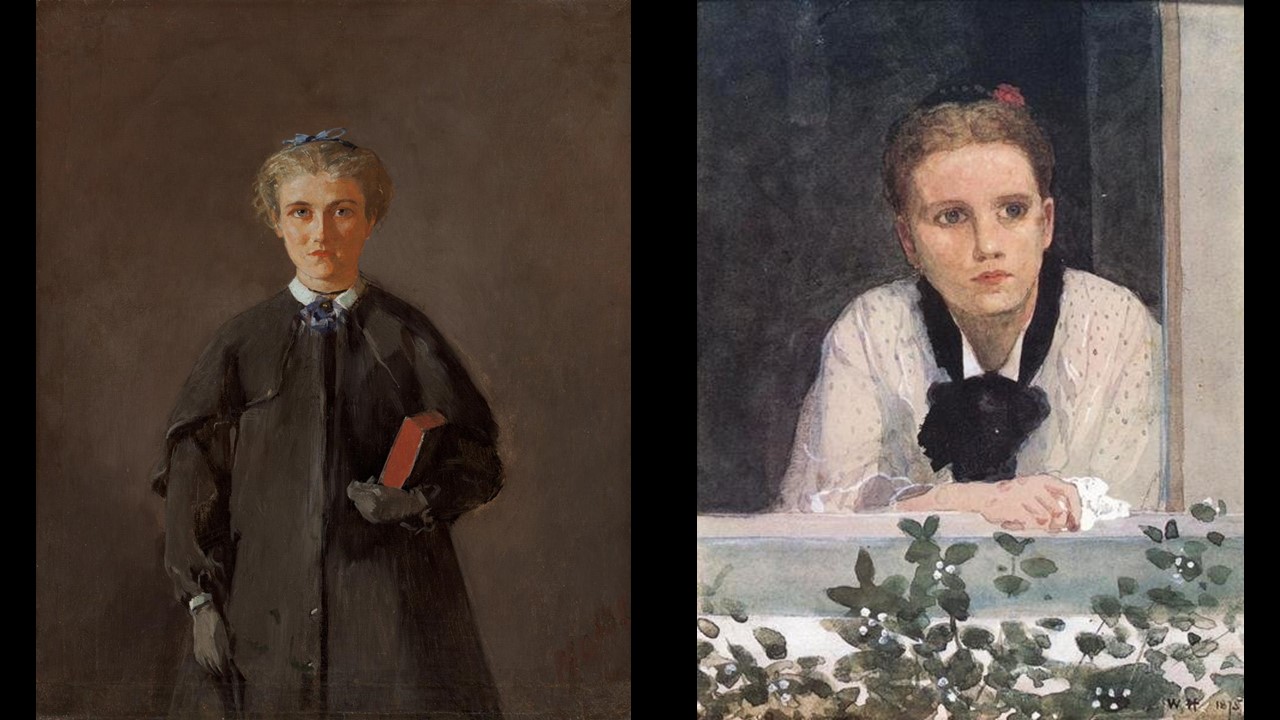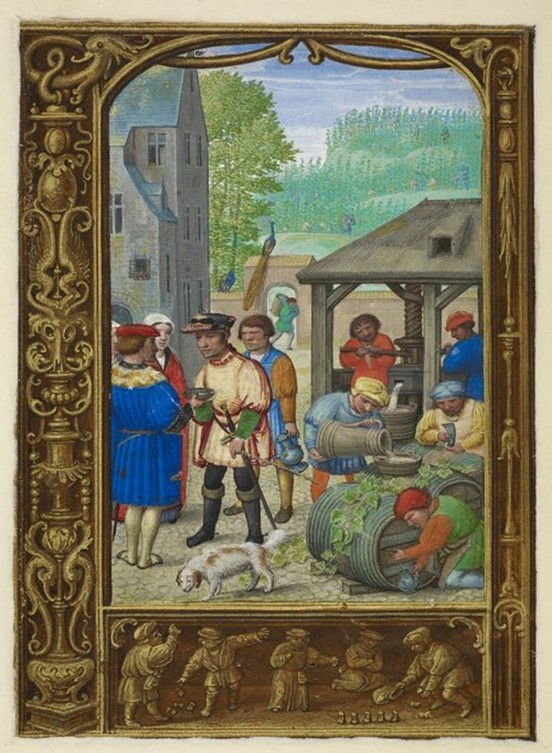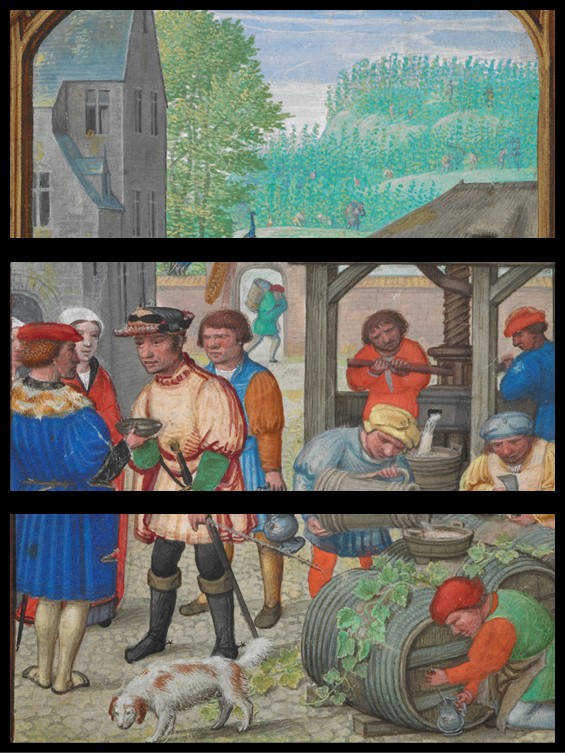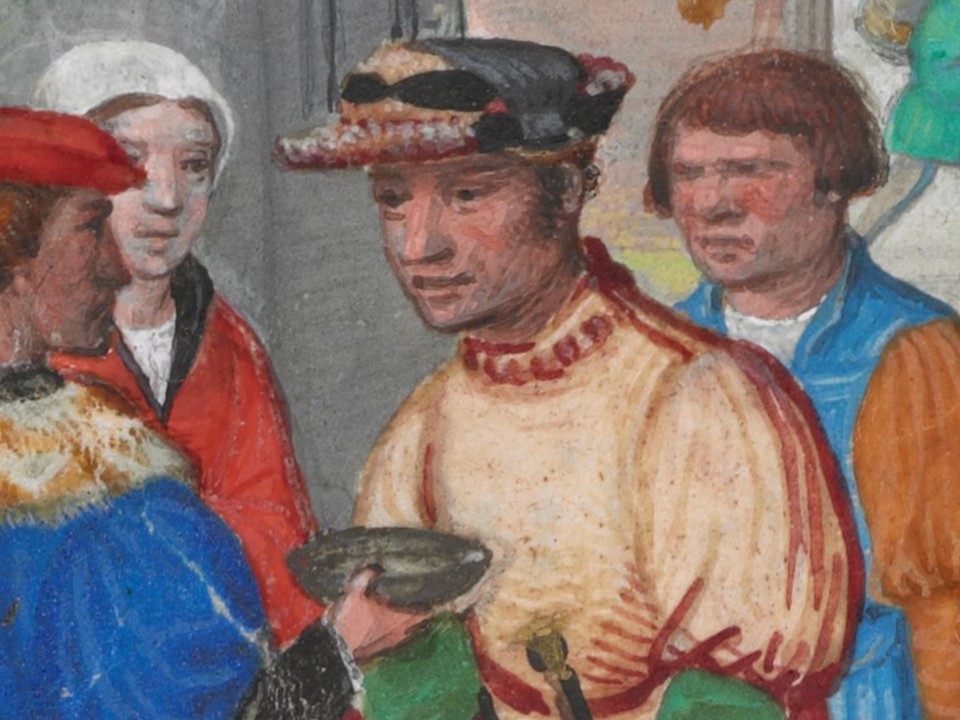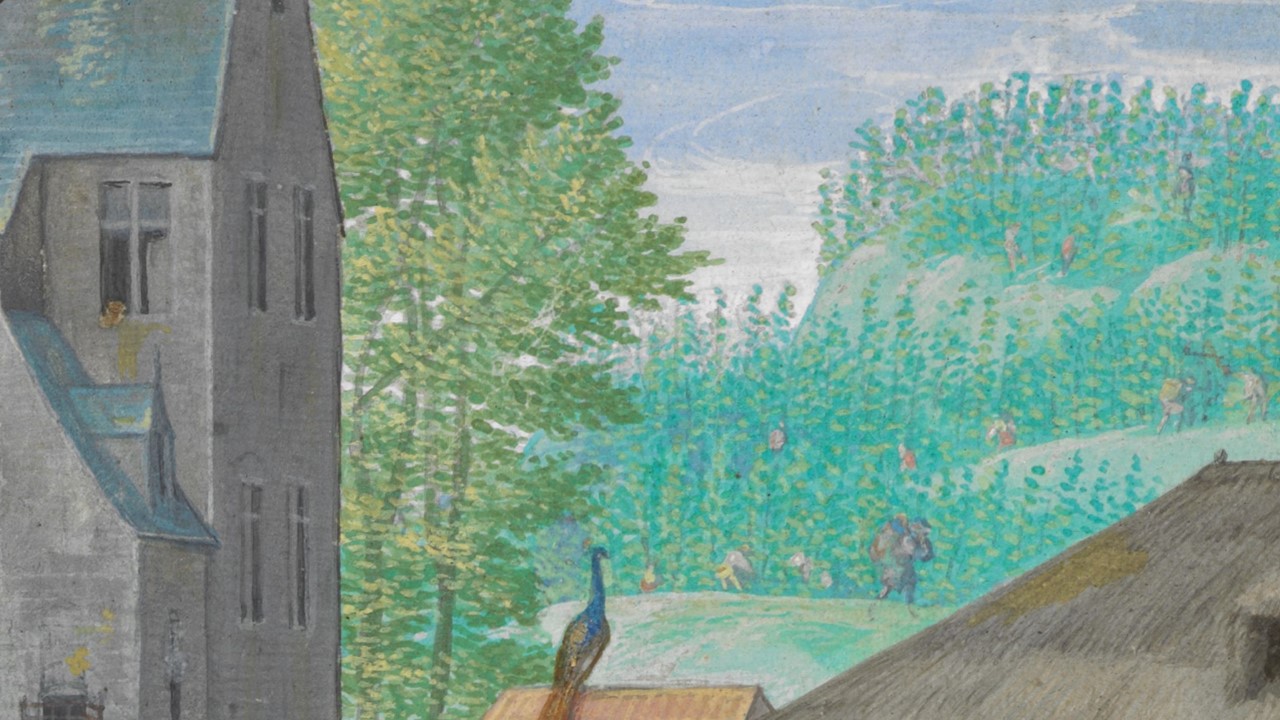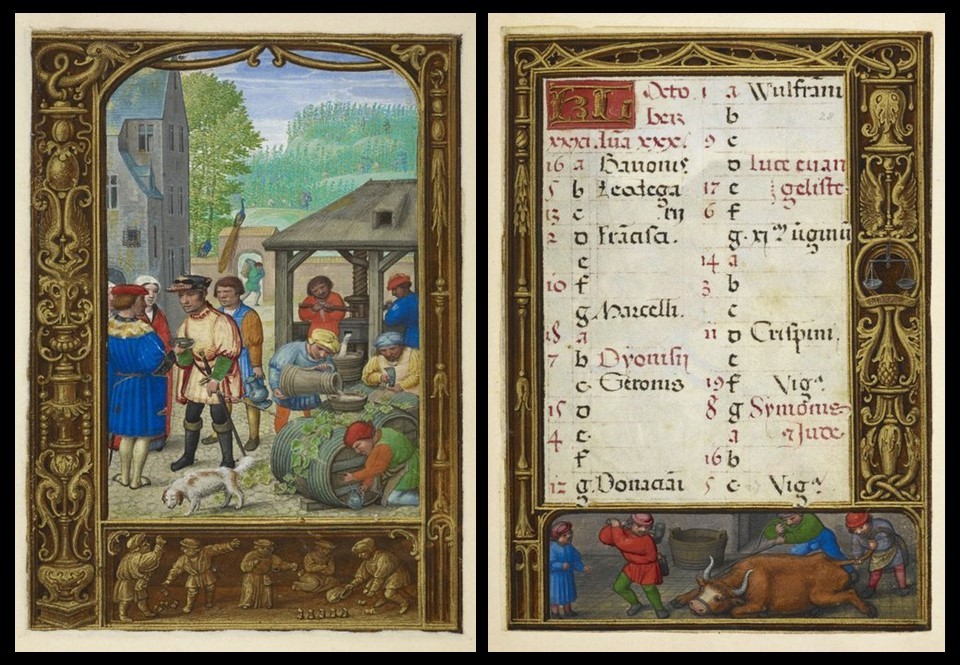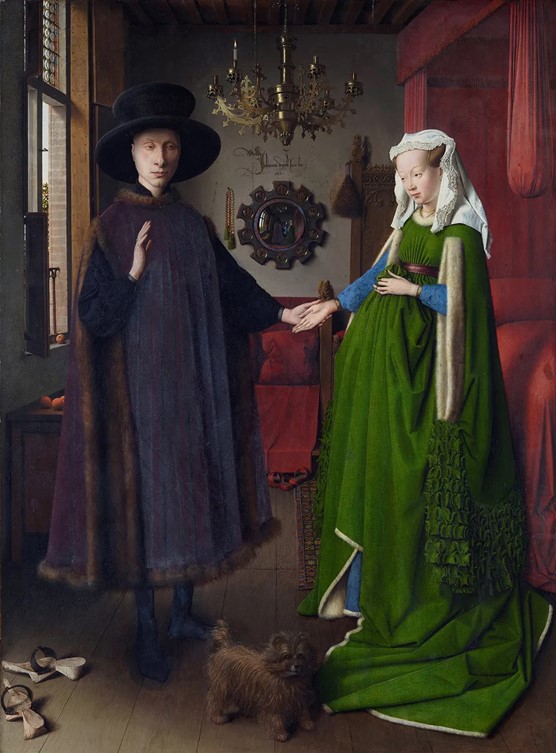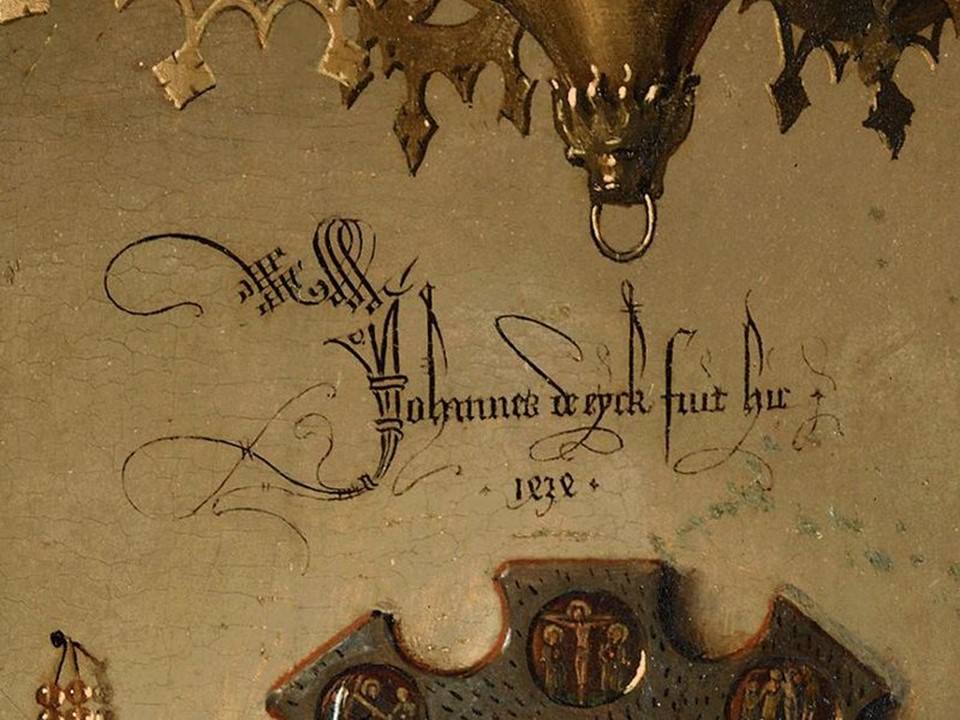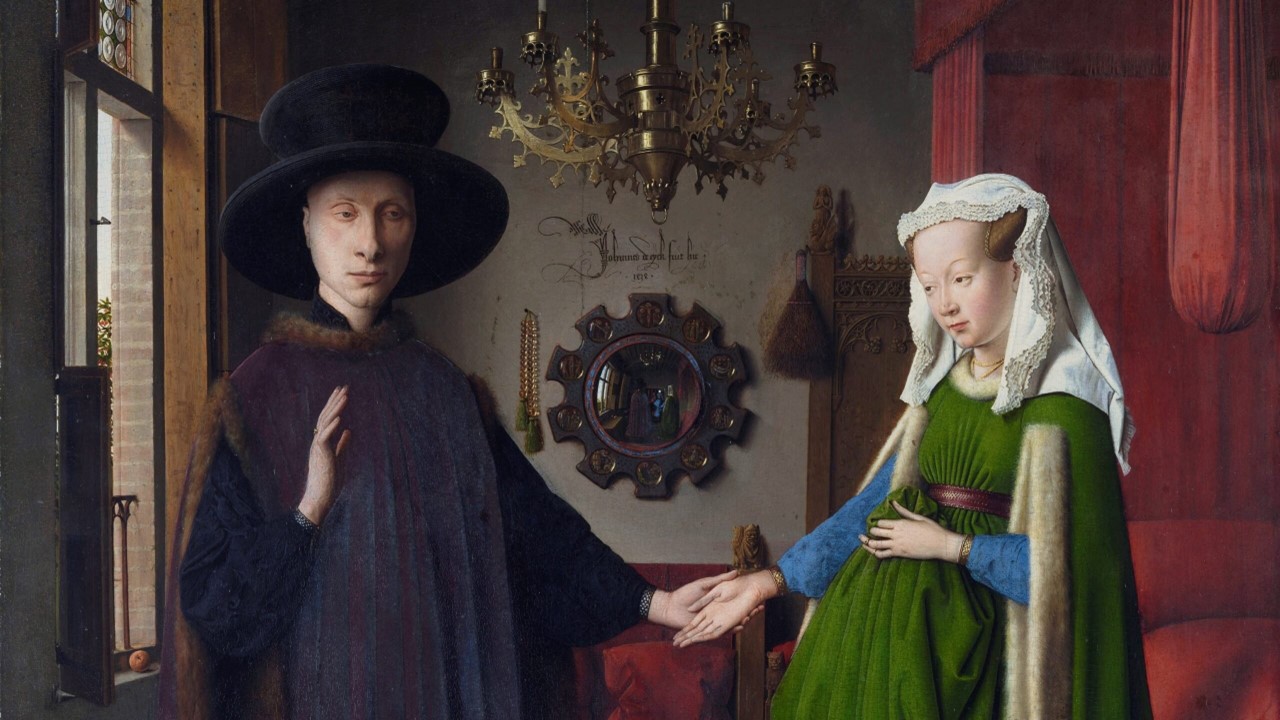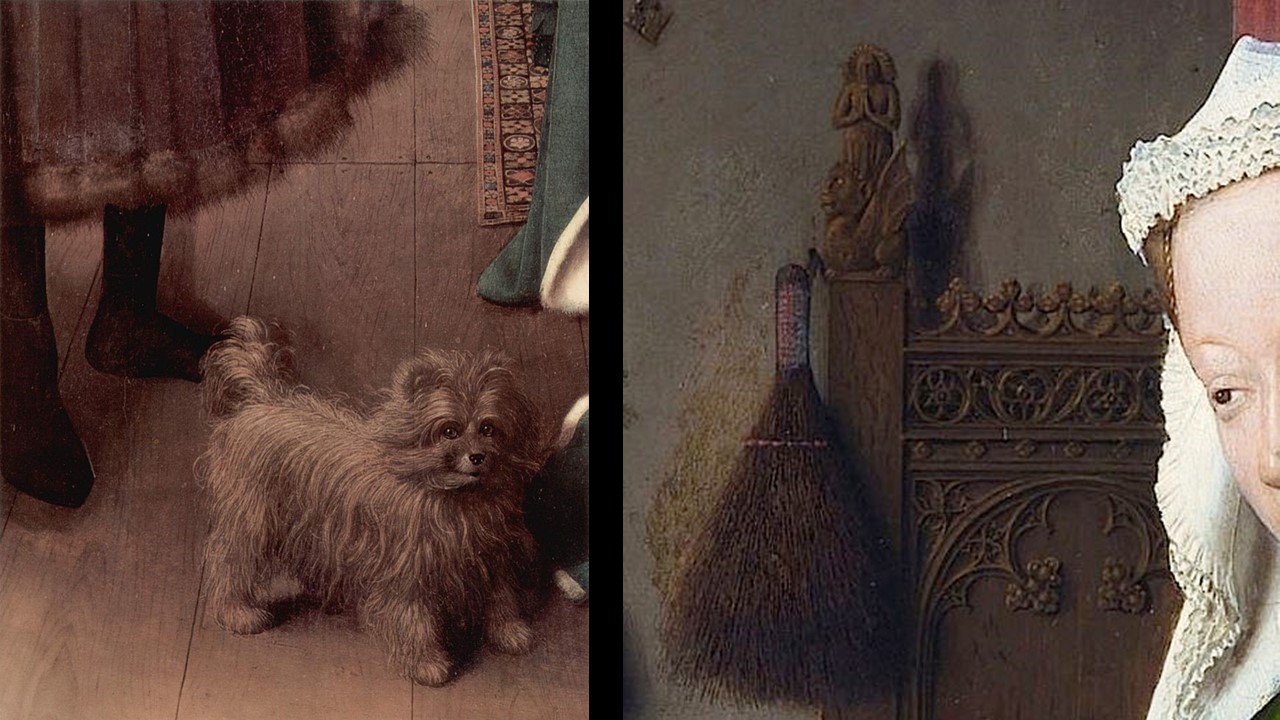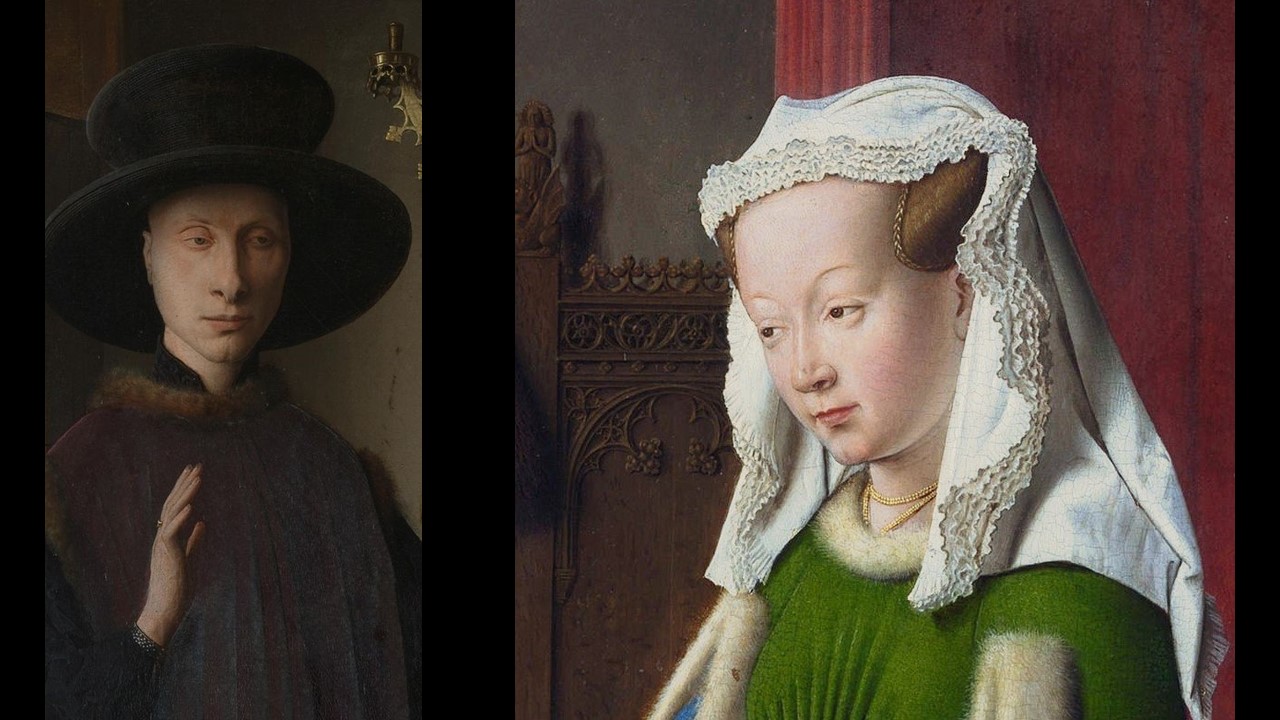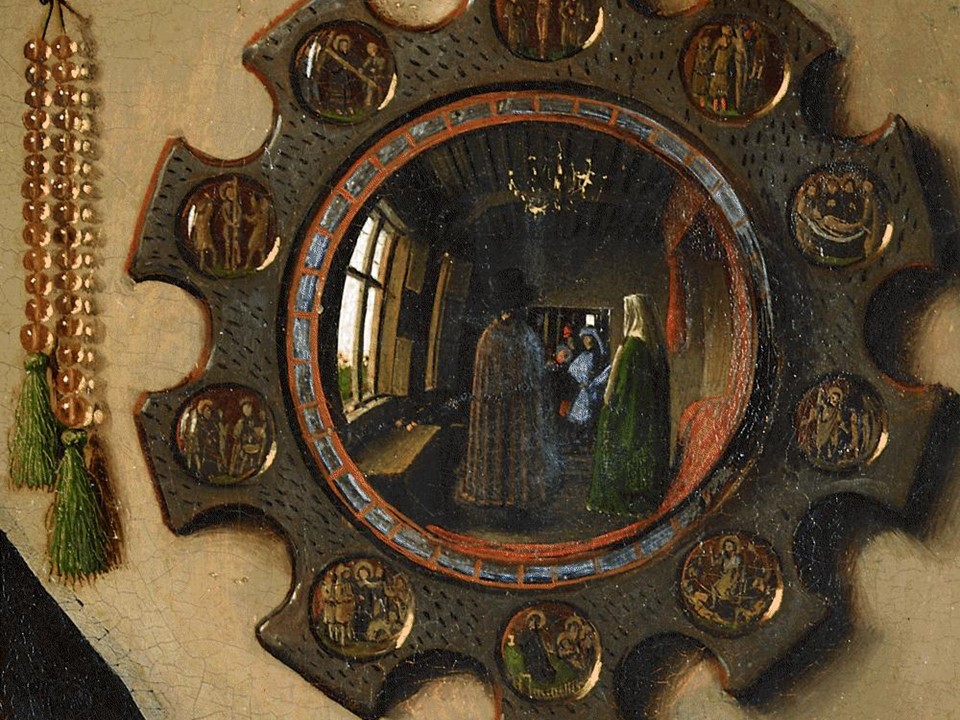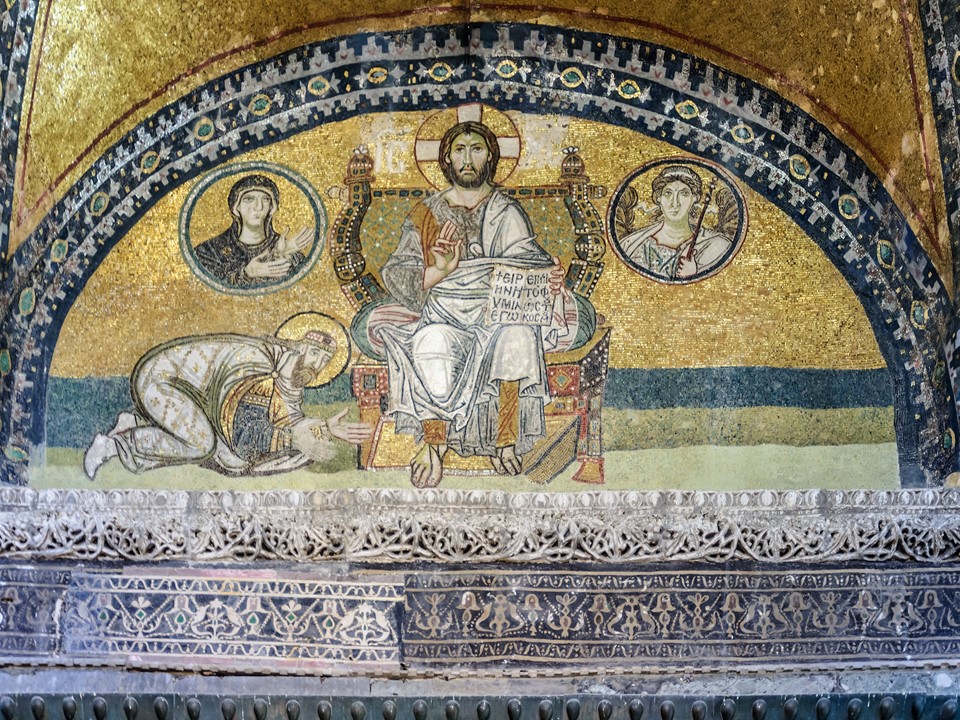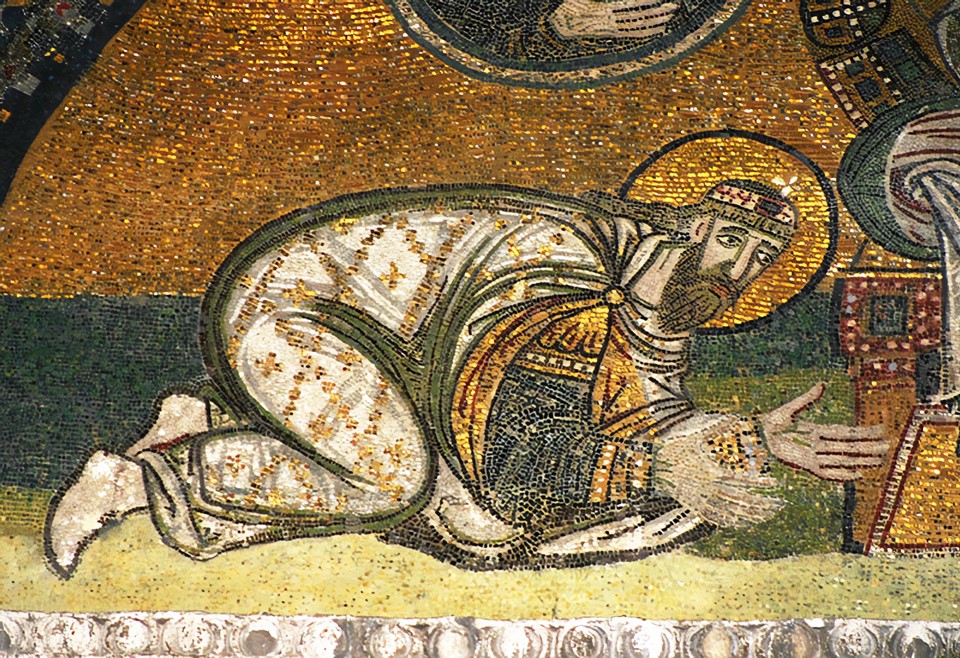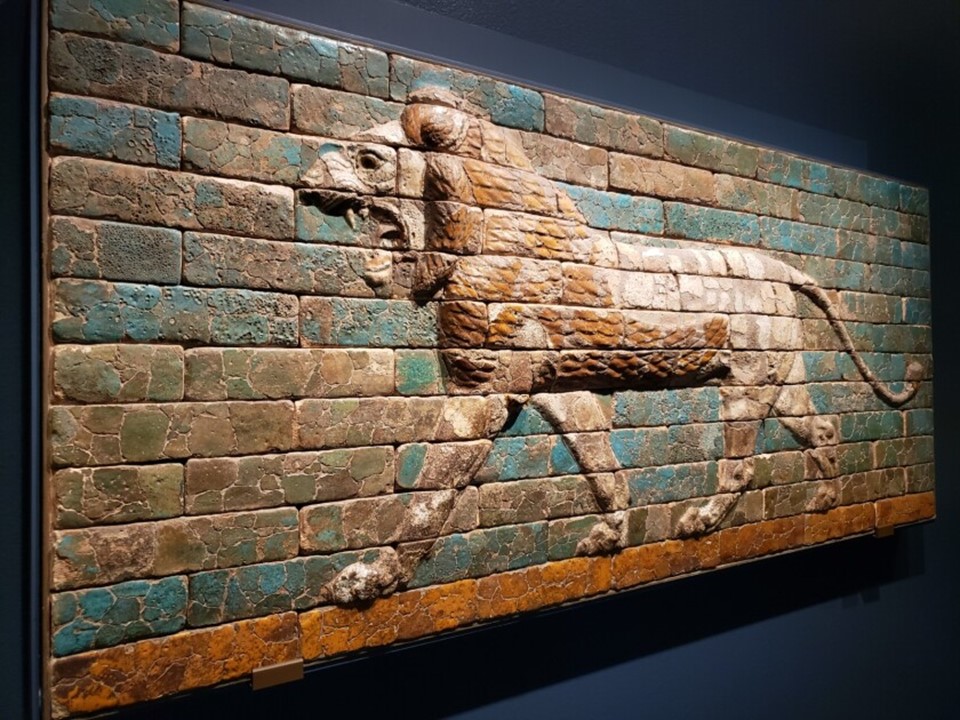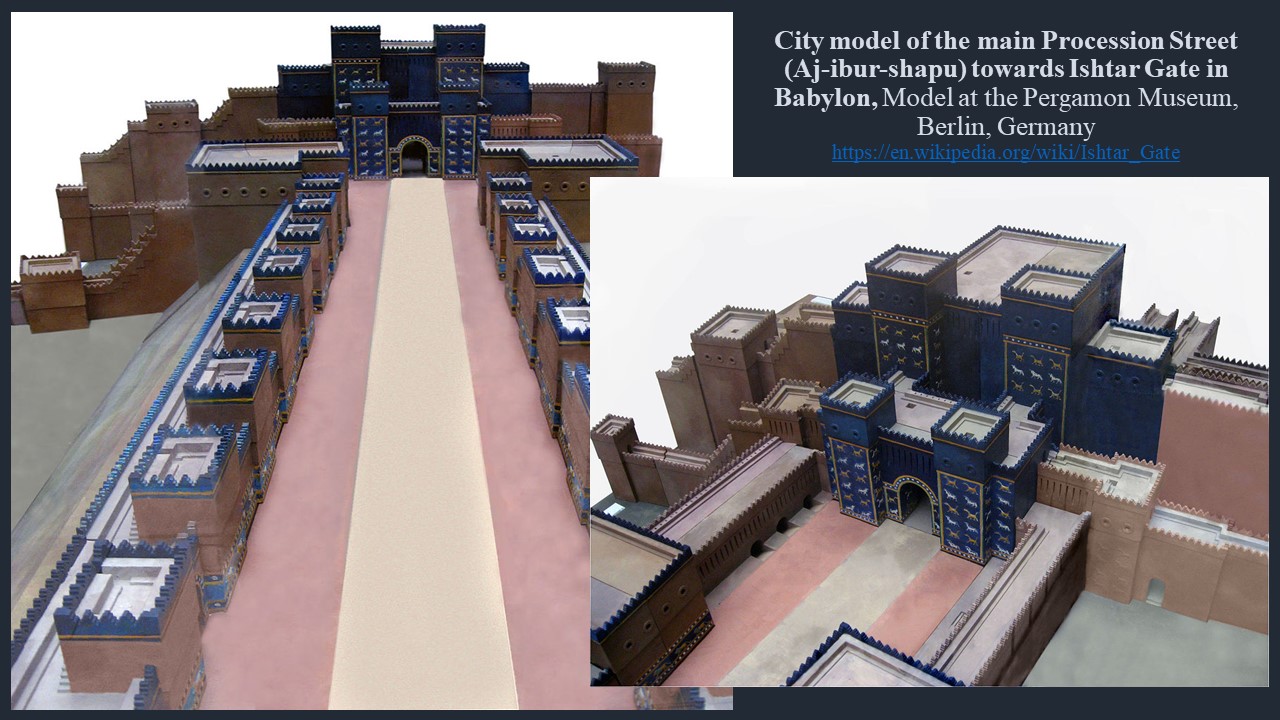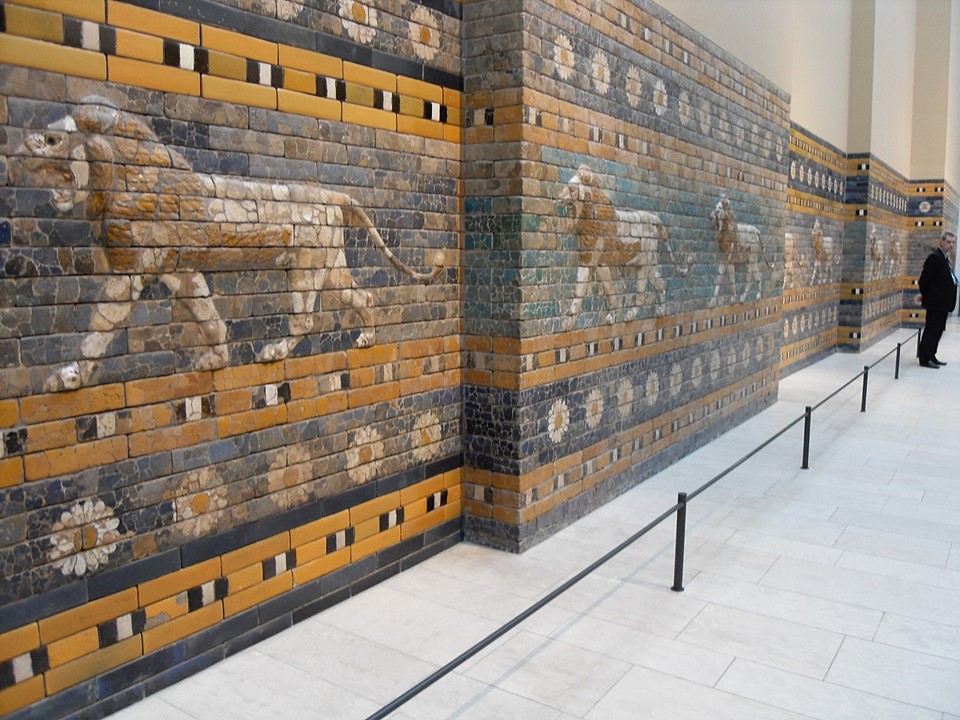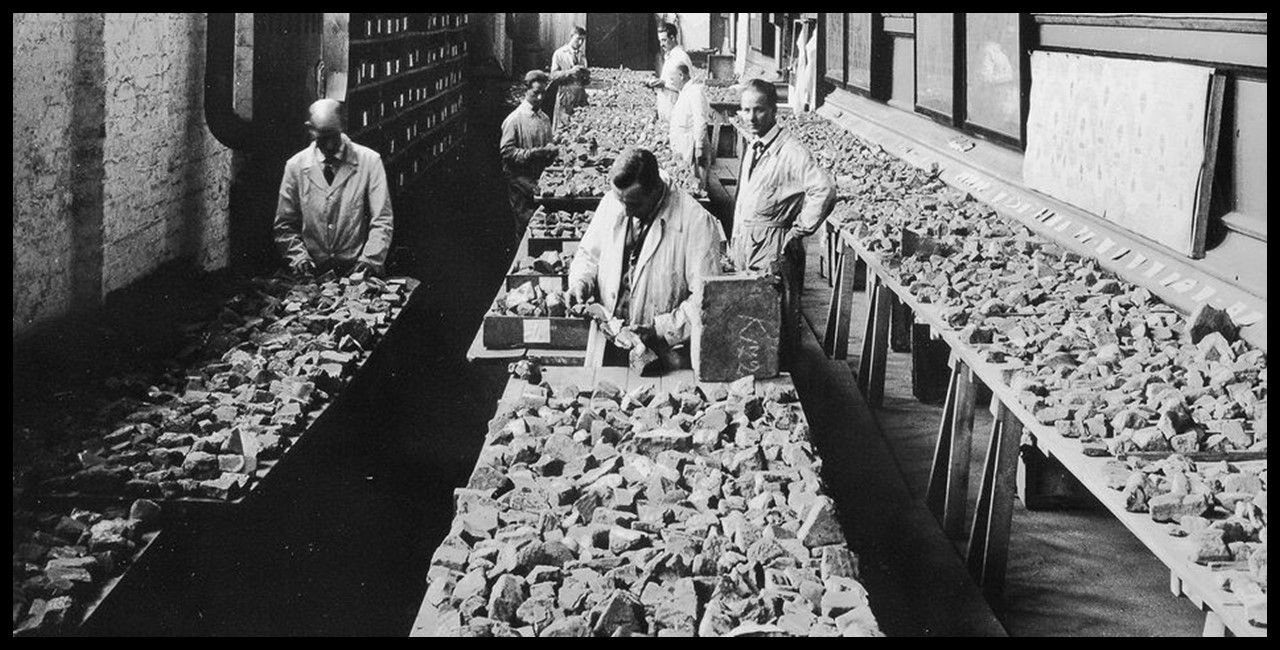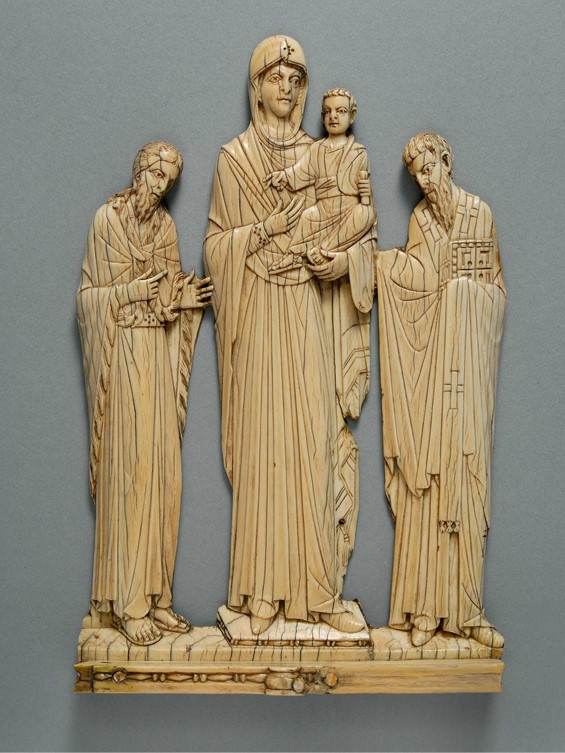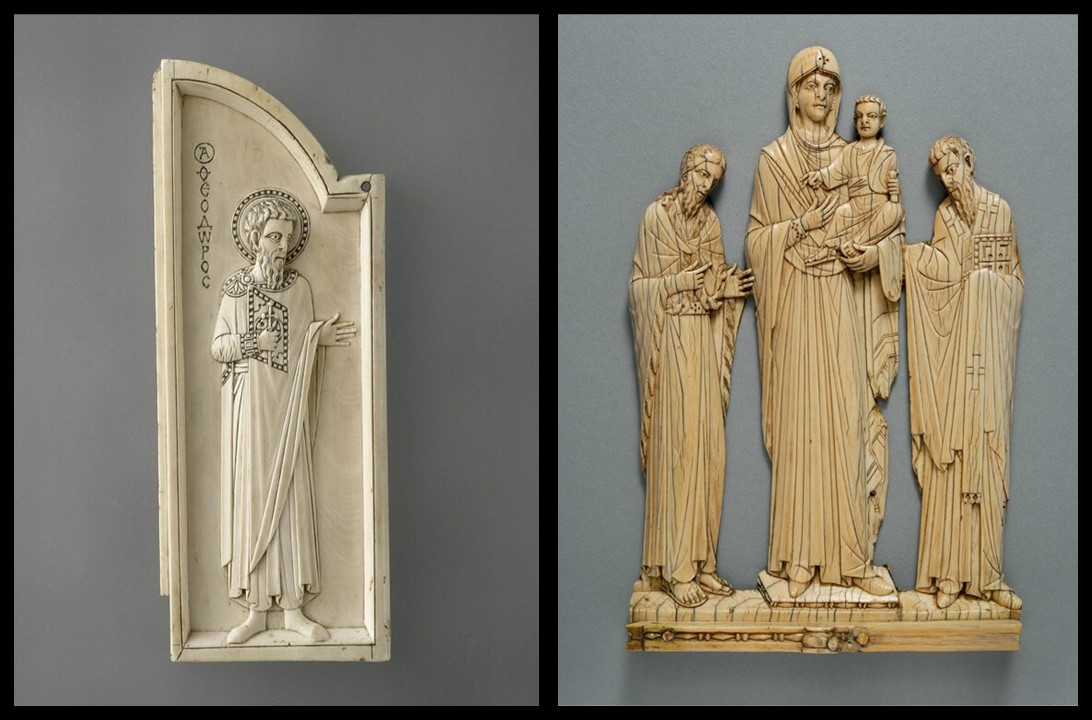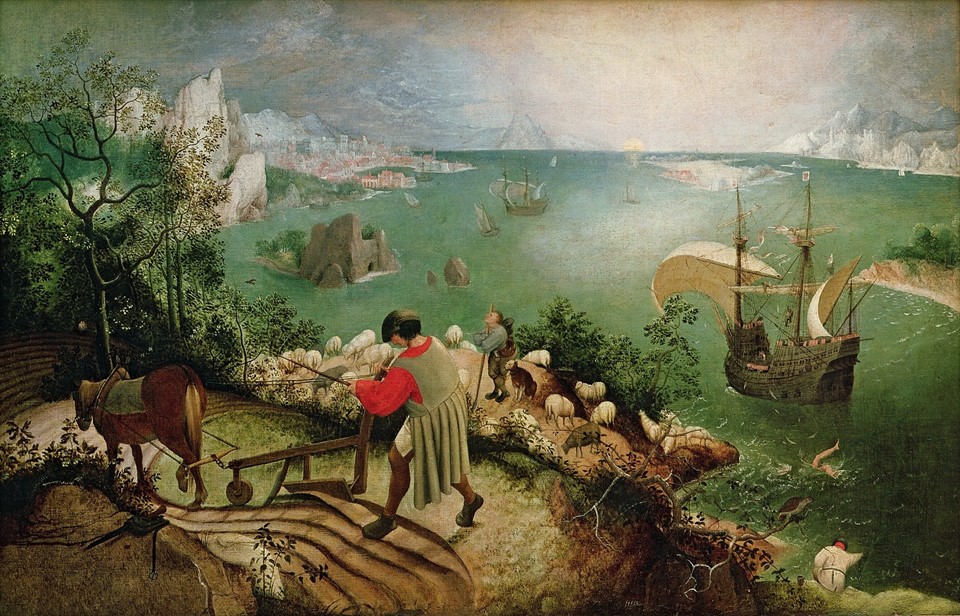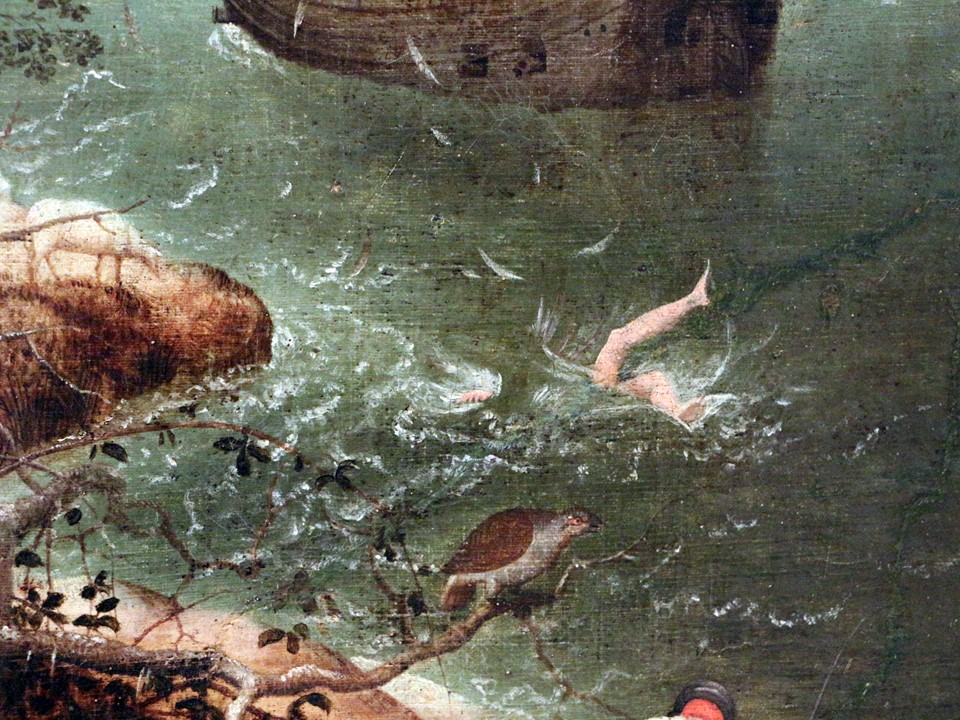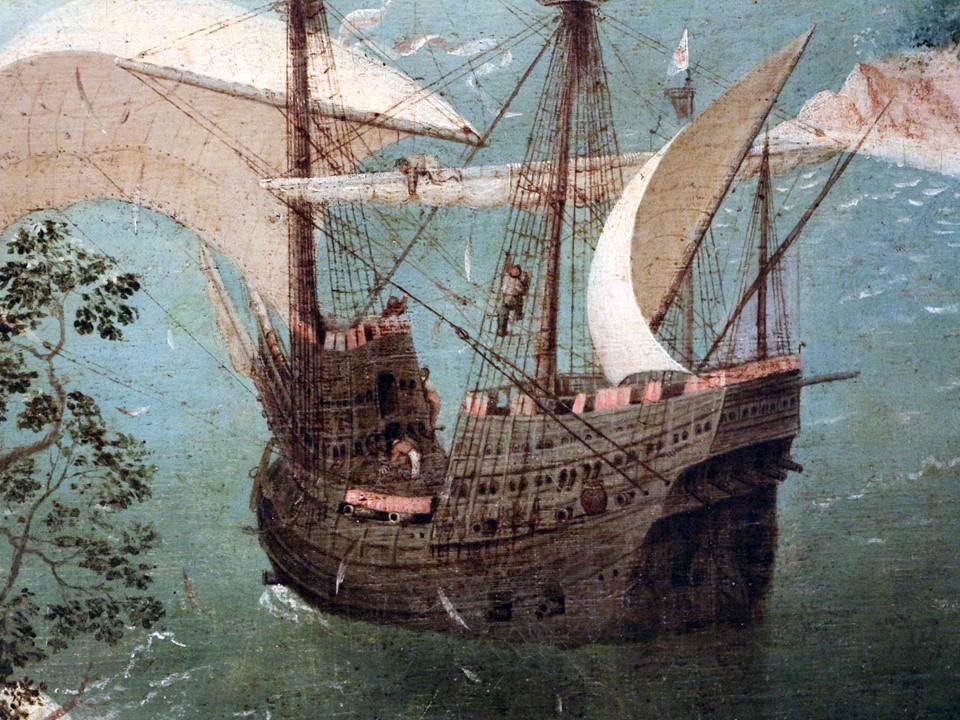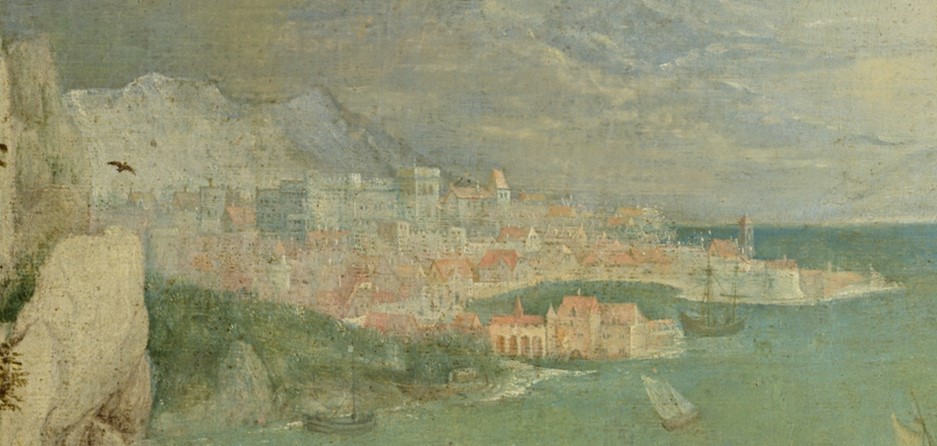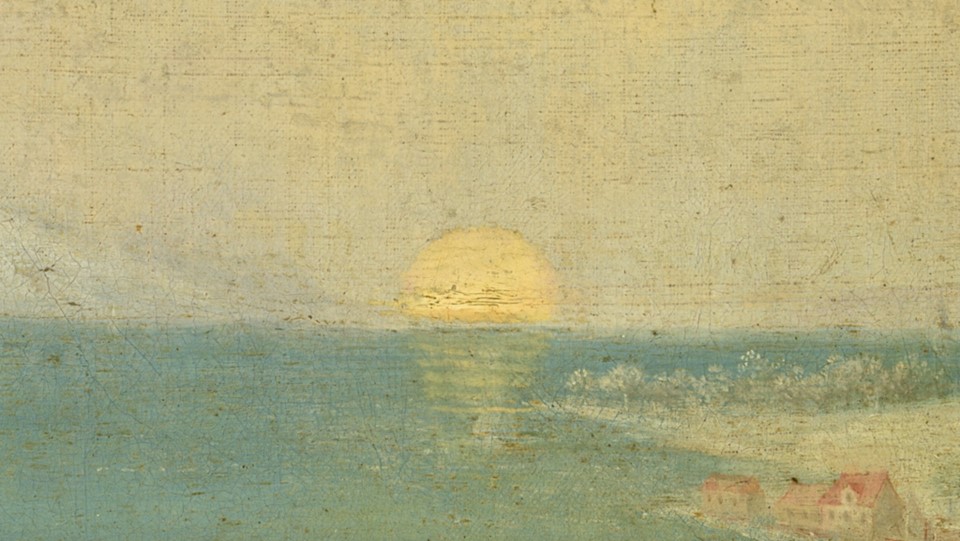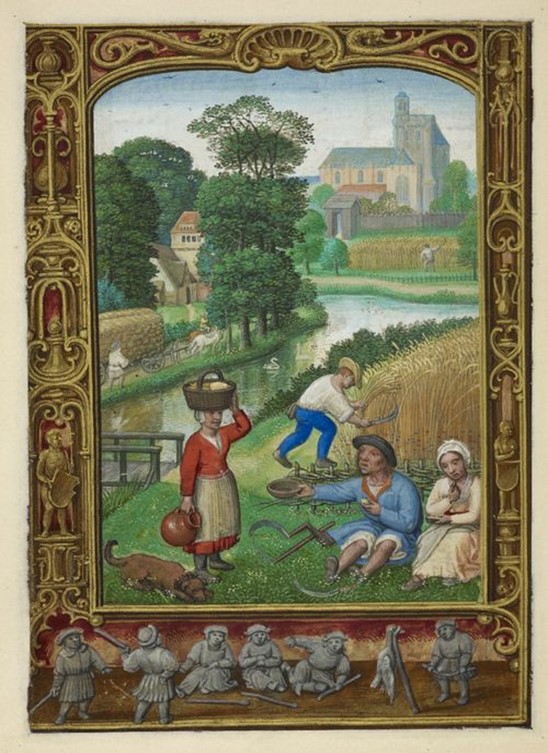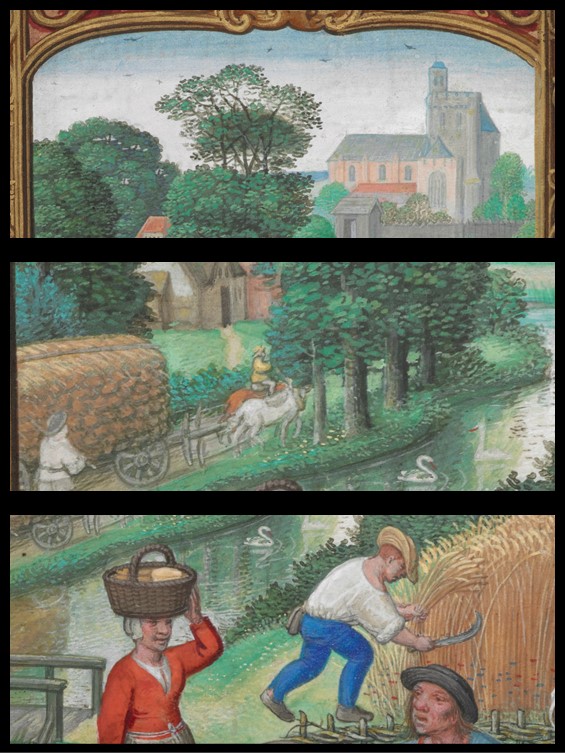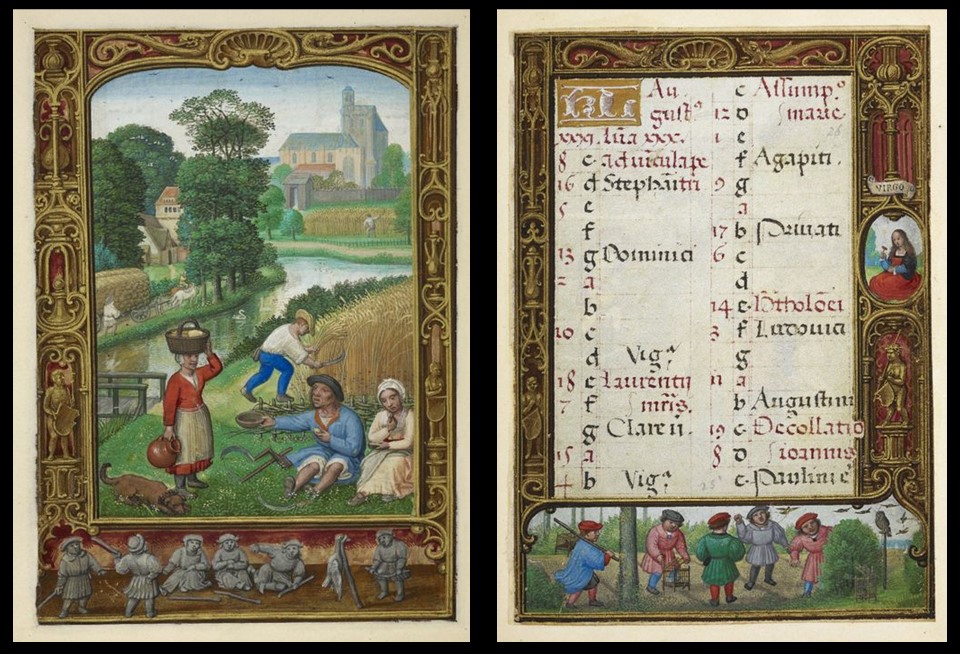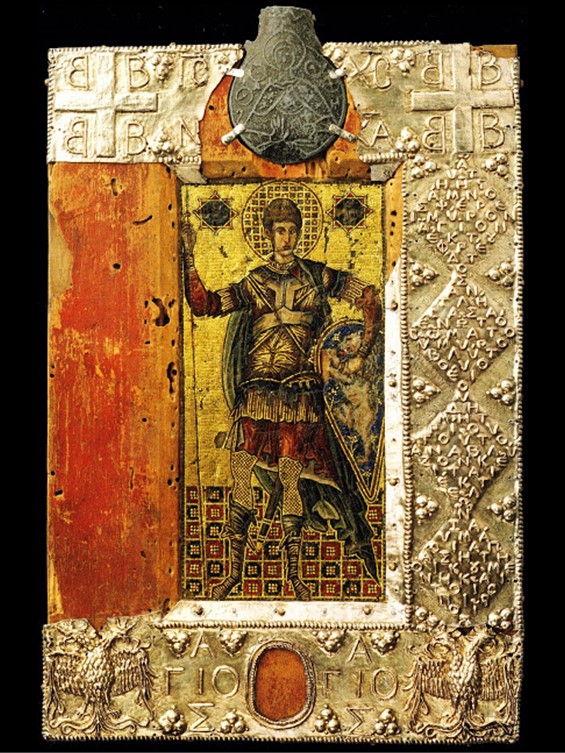
One of the inscriptions in the Miniature Mosaic Icon of Saint Demetrios in Sassoferratoinforms us that… This ampulla (at the top of the Icon), bears holy oil drawn from the well in which the body of the divine Demetrios reposes, which gushes here and accomplishes miracles for the entire universe and for the faithful… What a remarkable way to remember Saint Demetrios and celebrate his feast day!
In 1472, Niccolò Perotti (1430-1480), secretary to Cardinal Bessarion and archbishop of Siponto, donated to Sassoferrato, the city of his birth, a collection of reliquaries, including the Mosaic Icon of Saint Demetrios. That was a notable donation considering Niccolò Perotti’s position. As Cardinal Bessarion’s secretary, he was able to travel as far as Trebizond in the East, and acquire a collection of valuable reliquaries, manuscripts, and icons. It has been suggested that the Mosaic Icon of Saint Demetrios was gifted to Perotti by no other than Bessarion himself, known to be the owner of a collection of Late Byzantine Mosaic Icons… but there is no proof for this. https://www.academia.edu/39903340/Displaying_an_Icon_The_Mosaic_Icon_of_Saint_Demetrios_at_Sassoferrato_and_its_Frame
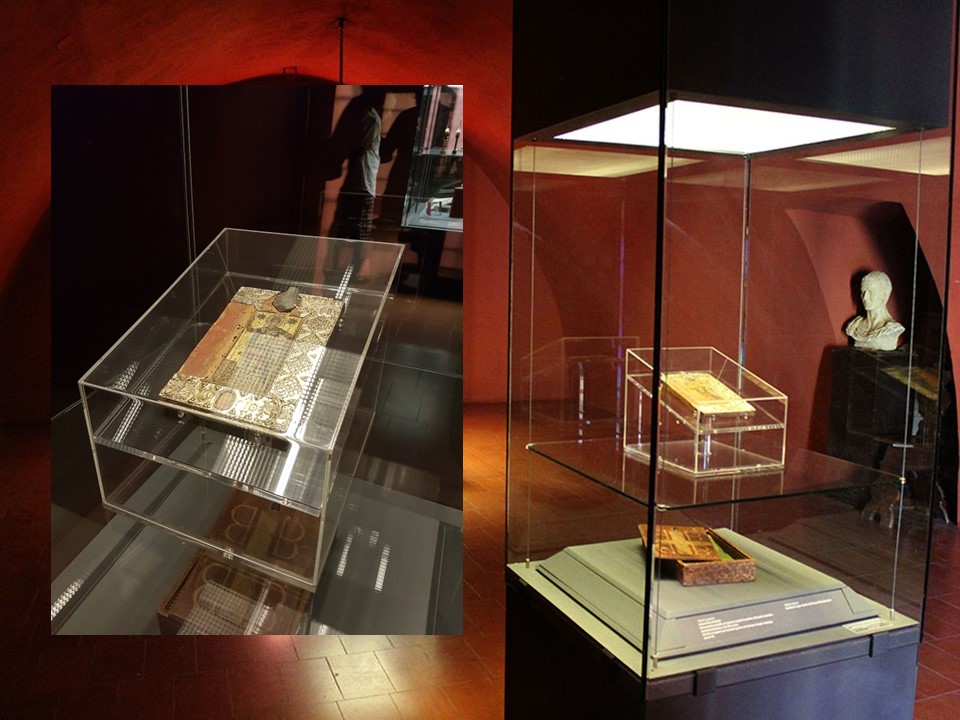
The Museu Civico in Sassoferrato is fortunate to hold such an important and rare relic of the Palaiologan Renaissance, the final period in the development of Byzantine art. On a poplar board, slightly excavated at its center, rendered in micromosaic, stands Saint Demetrios, patron Saint of Thessaloniki. He is placed against a gold background and a tiled ground. He is in military garb, holds a lance with his righthand, and, with the left, a blue shield decorated with a heraldic white lion against a ground strewn with gold stylized flowers. Based on stylistic analysis, according to Martin Donnert, the mosaic icon at Sassoferrato was executed in the 14th century as a typical work of Palaiologan art. This date is further confirmed by the radiocarbon analysis dating of the wooden support of the icon to 1279 ± 26 years, which gives a terminus post quem. Byzantium: Faith and Power (1261–1557), Evans, Helen C., ed., with essays by… https://www.metmuseum.org/art/metpublications/Byzantium_Faith_and_Power_1261_1557 pp. 231-233 and https://www.academia.edu/39903340/Displaying_an_Icon_The_Mosaic_Icon_of_Saint_Demetrios_at_Sassoferrato_and_its_Frame
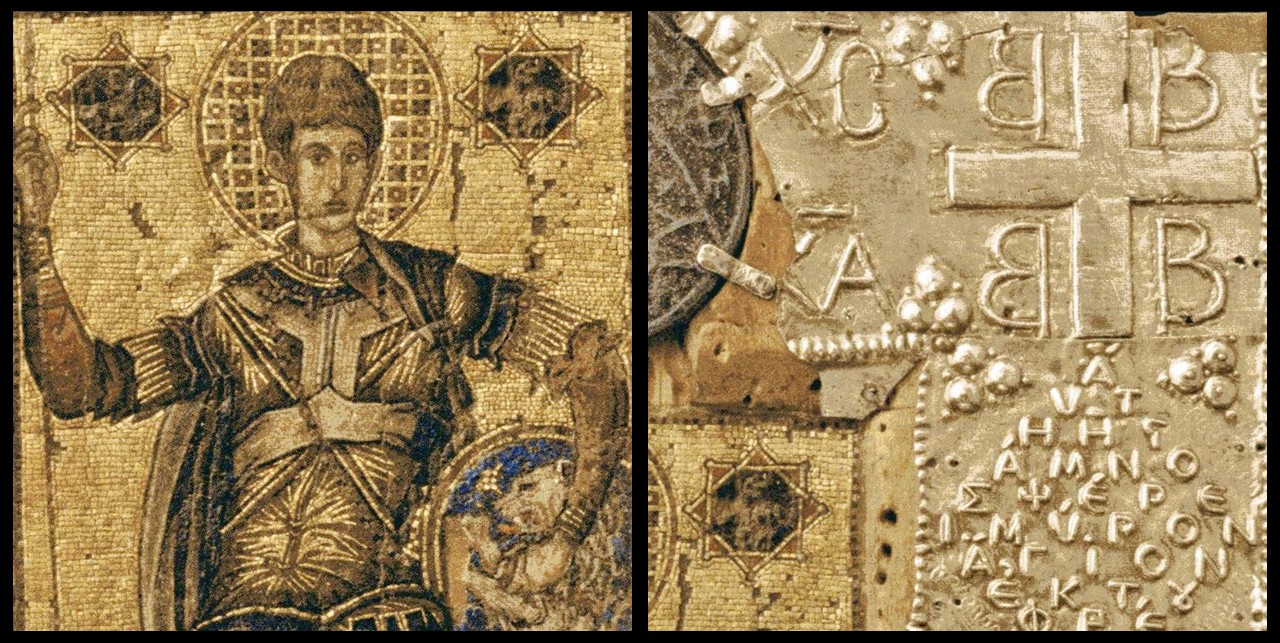
The ampulla at the top of the Icon’s frame is a wonderful rarity! It turns the Mosaic Icon into a precious reliquary of Saint Demetrios’s cult. The text, on the right side of the Icon’s frame, explains the reasons why the ampulla was added to the Icon’s composition. Prof. Martin Donnert clarifies that …Since the 12th century, the existence of miraculous oil (the Myron) connected with the cult of St Demetrios is well attested in the sources. He also adds that lead ampullae from the late 12th to the 14th centuries that contained the holy Myron for pilgrims to the saint’s tomb, called koutrouvia… were found at various places in northern Greece and the Balkans. One of these ampullae, a cherished relic in itself, is the one incorporated at the top of the icon frame… showing St Demetrios holding a cross on one side, and, on the opposite side, St Theodora, the second myron-giving saint of Thessaloniki. https://www.academia.edu/39903340/Displaying_an_Icon_The_Mosaic_Icon_of_Saint_Demetrios_at_Sassoferrato_and_its_Frame
The silver-gilt frame, dated during the mid-15th century is rich in information. A number of inscriptions within star-shaped cartouches, along with the imperial symbol of the double-headed eagle and the tetrabasileion, may indicate a distinguished member of the Palaiologan family, to be the original commissioner of the Icon. Furthermore, Prof Martin Donnert suggests Demetrios Palaiologos and the Palaiologoi of Montferrat! https://www.academia.edu/39903340/Displaying_an_Icon_The_Mosaic_Icon_of_Saint_Demetrios_at_Sassoferrato_and_its_Frame
For a Student Activity, please… Check HERE!
Interesting to read: The Historical Significance of the Mosaic of Saint Demetrius at Sassoferrato byA. A. Vasiliev, Dumbarton Oaks Papers, Vol. 5 (1950), pp. 29+31-39 (10 pages) https://www.jstor.org/stable/1291074
